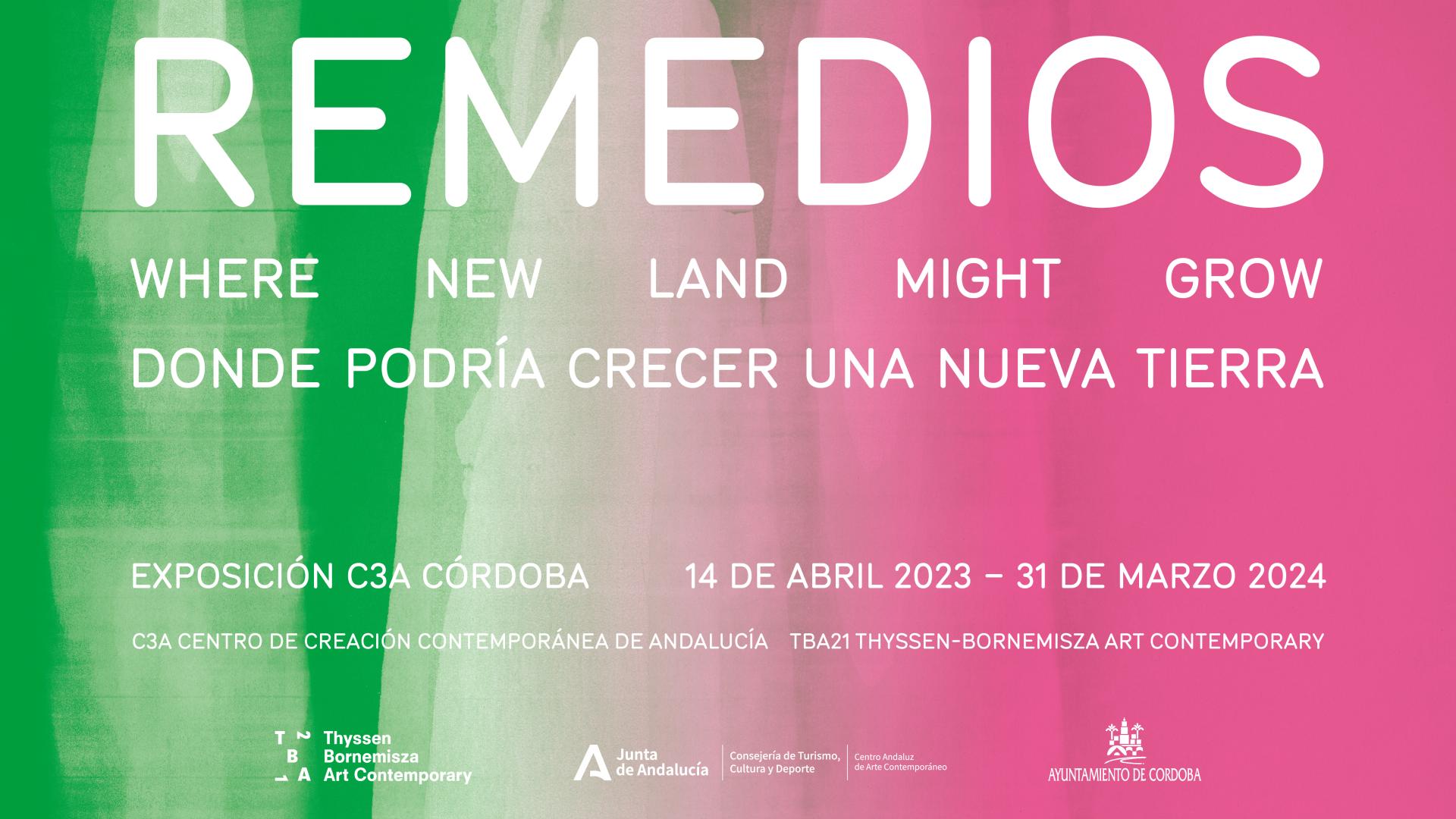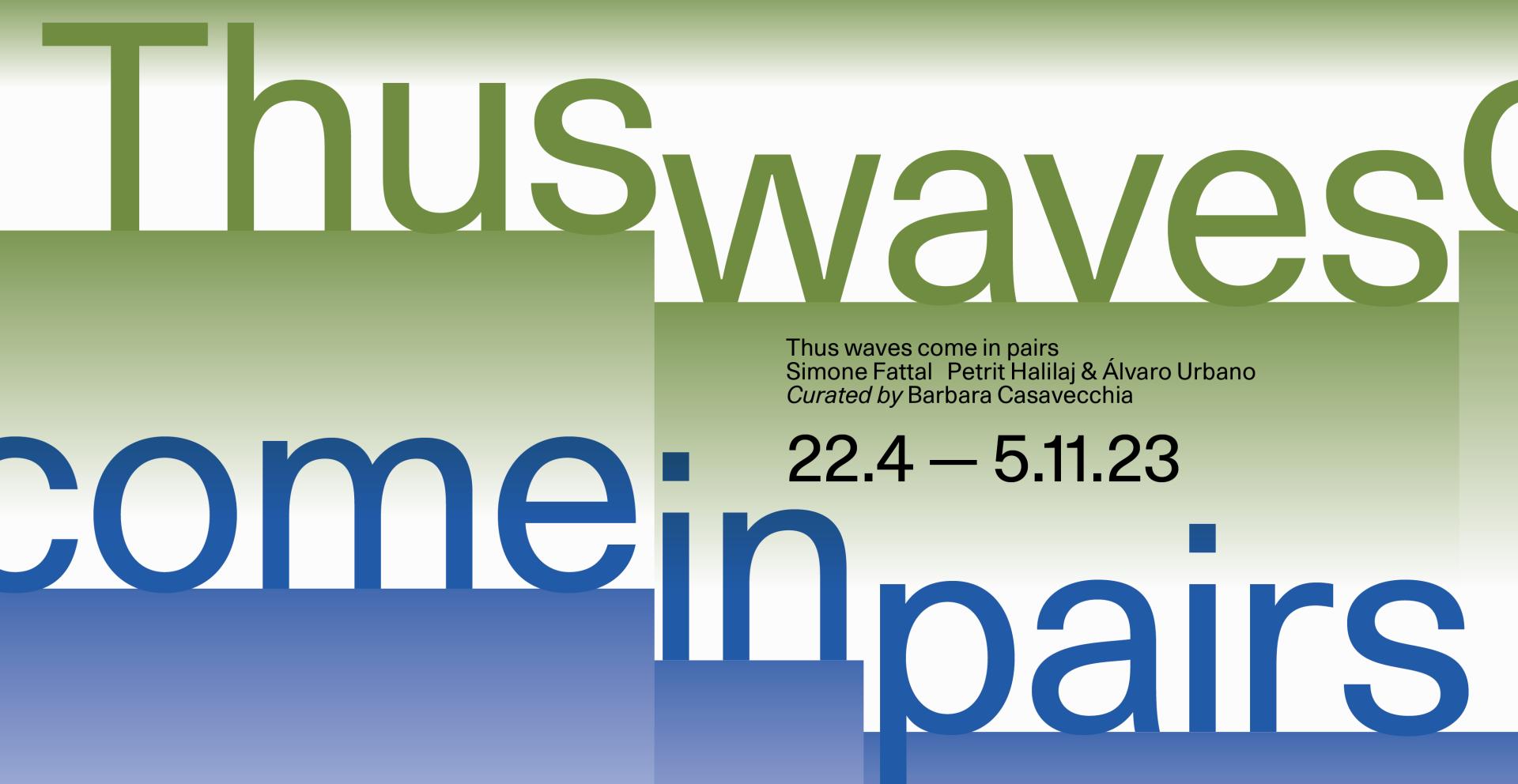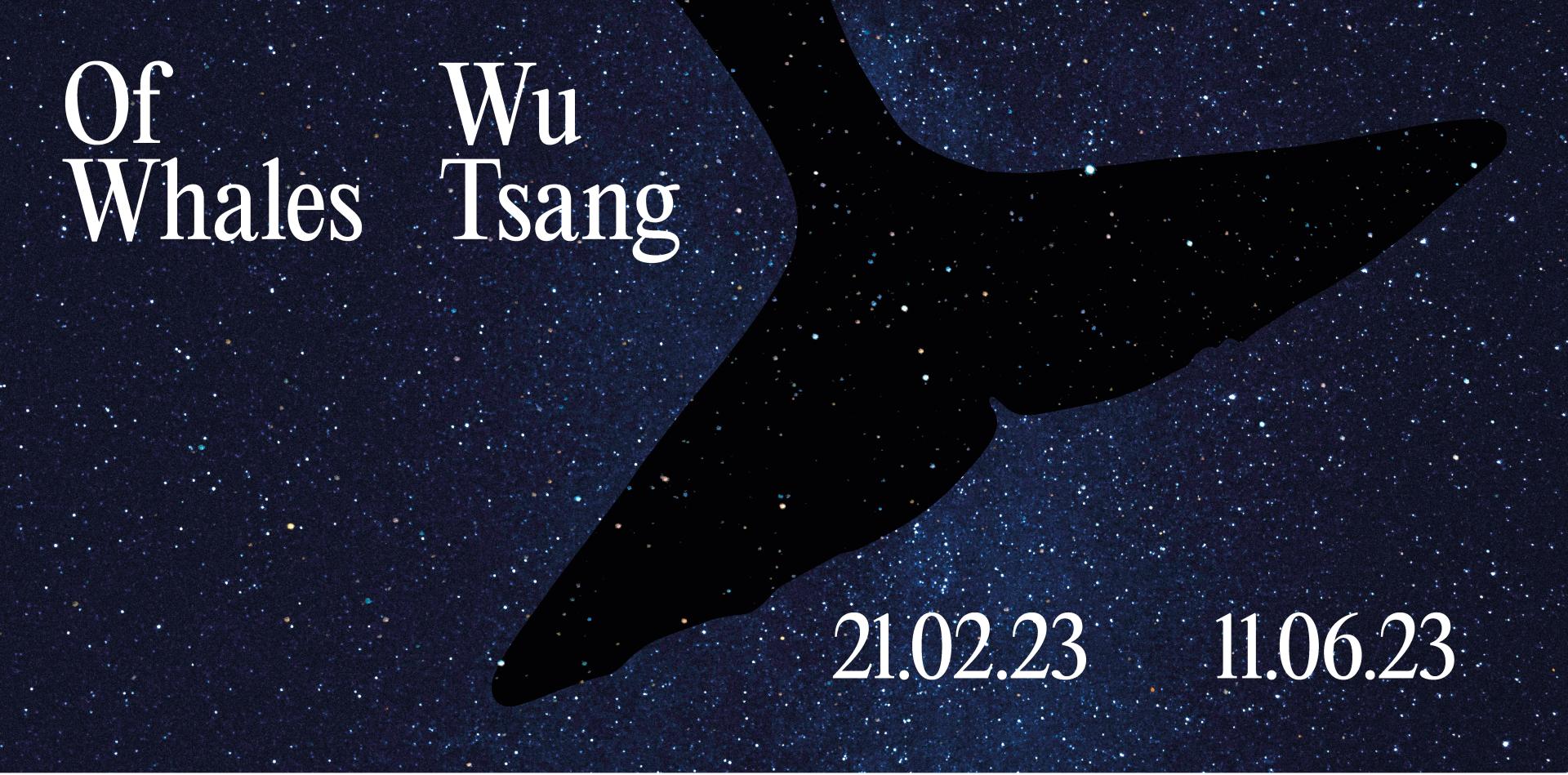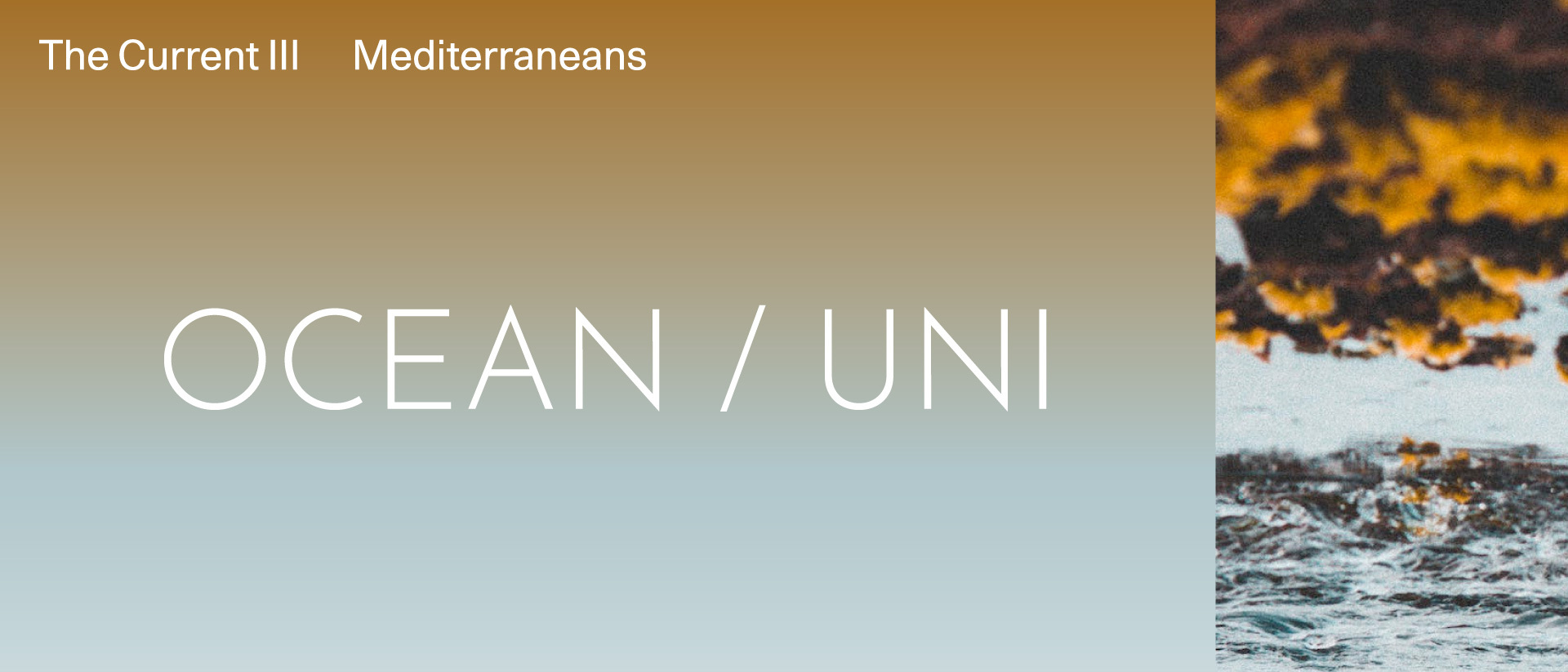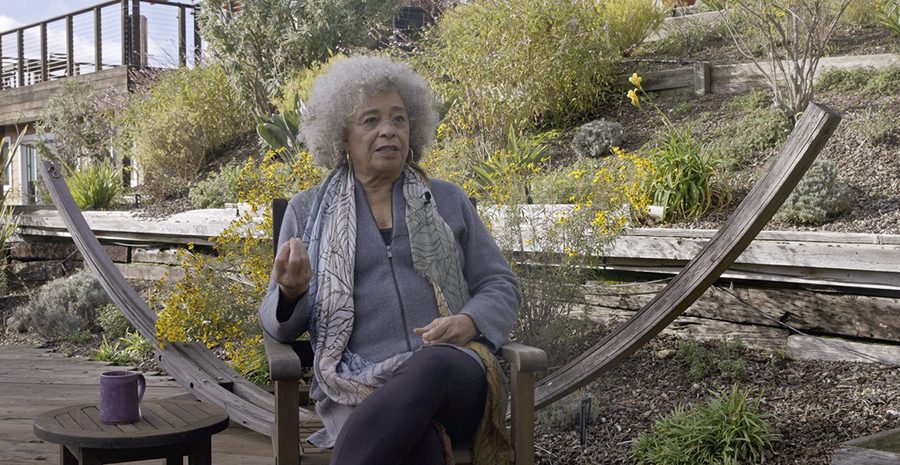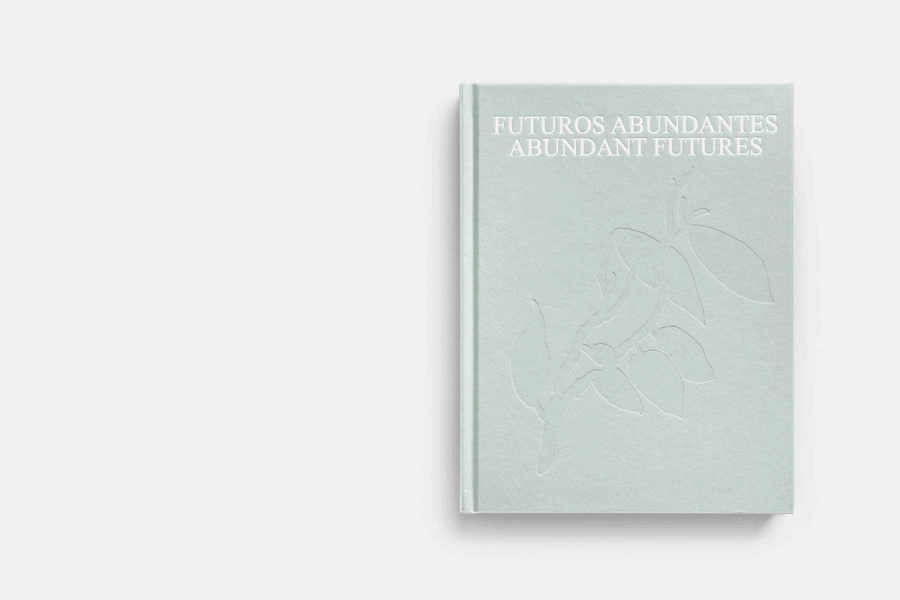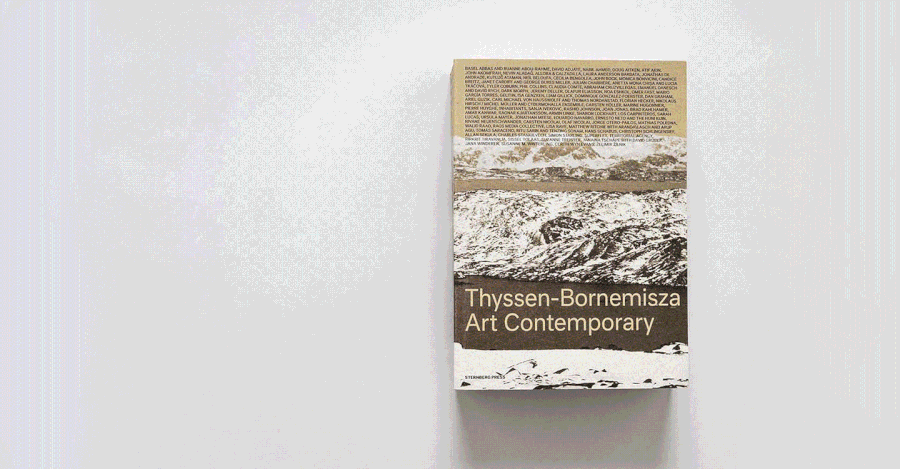Hikigueru, 2018
Dr. Lakra

Photo: Enrique Macias Martinez | Courtesy kurimanzutto, Mexico City, New York
Collection
Ink on paper
56 x 43.5 cm, 63 x 51 x 4.5 cm (framed)
Dr. Lakra (b. Mexico City, 1972) is an artist and tattooist whose work deals with questions to do with anatomy, anthropology, religion, pop culture and film. His career as a tattoo artist and interest in the history of tattoos across cultures deeply informs his work, particularly in relation to the different modes of storytelling referenced in his research and practice. He makes sculptures from toys and other found objects, and uses a variety of surfaces such as magazines, posters and photographs as canvasses for drawings and collages. Collectively, these works demonstrate his interest in taboos and fetishes, especially as they appear in religious and mythological narratives, horror films and cultural paraphernalia.[1]
Hikigueru (2018), along with the series of works of which it is part, marks a formal departure from the collages Dr. Lakra is best known for. Exhibited in 2018 at Kurimanzutto in Mexico City in an eponymous show by the artist, it is one of multiple Indian ink drawings made by the artist that are inspired by the Chinese tradition of ink wash painting known as Sumi-e. Together illustrative of the multi-facets of human nature, the drawings depicted different figures symbolic for their representation of themes such as “violence, mysticism, sex, and survival.”[2] Hikigueru represents the figure of a toad that Dr. Lakra has explored elsewhere in his practice. It’s been said that, “as a Yokai, [Hikigueru] is actually a shapeshifting toad woman who lives in a palace beneath the lake, and seduces men to drink her blood.”[3] The figure of the toad is also inspired by the Colorado River toad, or Sonoran Desert toad, found in northern Mexico and the southwestern United States, a creature that has been depicted numerously in Mesoamerican art.
In his exhibition at Kurimanzutto, the drawing appeared alongside a collaborative project between Dr. Lakra and Abraham Cruzvillegas that spans almost two decades of work called Los dos amigos. Comprised of recycled mezcal bottles collected from family gatherings that have been re-labeled by the artists, the works further develop their interest in the symbolism and circulation of images expressed through layered narratives and across different media.
_________________________________-
[1] See press release for the artist’s self-titled exhibition “dr. lakra,” available at http://www.kurimanzutto.com/en/exhibitions/dr-lakra_1
[2] ibid
[3] Quoted from “Life in Plastic,” avaliable at https://nerditis.com/2014/08/13/life-in-plastic-the-night-parade-part-2-bottle-caps-kaiyodo/
56 x 43.5 cm, 63 x 51 x 4.5 cm (framed)
Dr. Lakra (b. Mexico City, 1972) is an artist and tattooist whose work deals with questions to do with anatomy, anthropology, religion, pop culture and film. His career as a tattoo artist and interest in the history of tattoos across cultures deeply informs his work, particularly in relation to the different modes of storytelling referenced in his research and practice. He makes sculptures from toys and other found objects, and uses a variety of surfaces such as magazines, posters and photographs as canvasses for drawings and collages. Collectively, these works demonstrate his interest in taboos and fetishes, especially as they appear in religious and mythological narratives, horror films and cultural paraphernalia.[1]
Hikigueru (2018), along with the series of works of which it is part, marks a formal departure from the collages Dr. Lakra is best known for. Exhibited in 2018 at Kurimanzutto in Mexico City in an eponymous show by the artist, it is one of multiple Indian ink drawings made by the artist that are inspired by the Chinese tradition of ink wash painting known as Sumi-e. Together illustrative of the multi-facets of human nature, the drawings depicted different figures symbolic for their representation of themes such as “violence, mysticism, sex, and survival.”[2] Hikigueru represents the figure of a toad that Dr. Lakra has explored elsewhere in his practice. It’s been said that, “as a Yokai, [Hikigueru] is actually a shapeshifting toad woman who lives in a palace beneath the lake, and seduces men to drink her blood.”[3] The figure of the toad is also inspired by the Colorado River toad, or Sonoran Desert toad, found in northern Mexico and the southwestern United States, a creature that has been depicted numerously in Mesoamerican art.
In his exhibition at Kurimanzutto, the drawing appeared alongside a collaborative project between Dr. Lakra and Abraham Cruzvillegas that spans almost two decades of work called Los dos amigos. Comprised of recycled mezcal bottles collected from family gatherings that have been re-labeled by the artists, the works further develop their interest in the symbolism and circulation of images expressed through layered narratives and across different media.
_________________________________-
[1] See press release for the artist’s self-titled exhibition “dr. lakra,” available at http://www.kurimanzutto.com/en/exhibitions/dr-lakra_1
[2] ibid
[3] Quoted from “Life in Plastic,” avaliable at https://nerditis.com/2014/08/13/life-in-plastic-the-night-parade-part-2-bottle-caps-kaiyodo/



